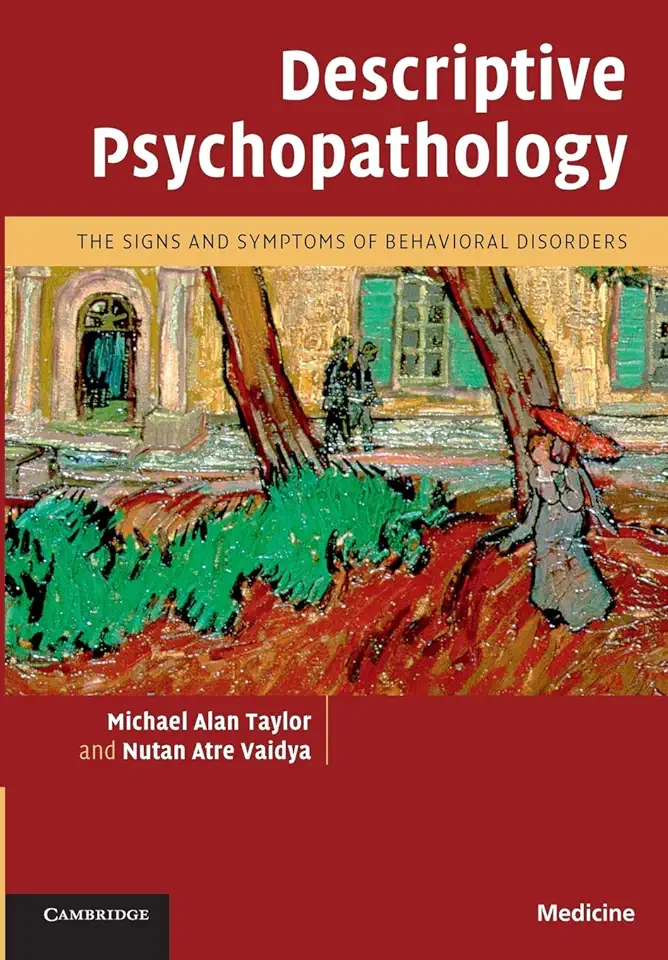
Descriptive Psychopathology - Michael Alan Taylor
Descriptive Psychopathology: A Guide for the Mental Health Professional
Introduction
Descriptive psychopathology is the study of the symptoms of mental illness. It is an essential tool for mental health professionals, as it allows them to accurately diagnose and treat mental disorders. This book provides a comprehensive overview of descriptive psychopathology, covering everything from the basic symptoms of mental illness to the most complex and severe disorders.
Symptoms of Mental Illness
The first part of the book discusses the various symptoms of mental illness. These symptoms are organized into several categories, including:
- Cognitive symptoms: These symptoms affect a person's thoughts, memory, and concentration.
- Emotional symptoms: These symptoms affect a person's mood, feelings, and behavior.
- Behavioral symptoms: These symptoms affect a person's actions and interactions with others.
- Physical symptoms: These symptoms affect a person's body and physical health.
Mental Disorders
The second part of the book discusses the various mental disorders that can be diagnosed based on the symptoms described in the first part. These disorders are organized into several categories, including:
- Anxiety disorders: These disorders are characterized by excessive fear, worry, and anxiety.
- Mood disorders: These disorders are characterized by changes in mood, such as depression, mania, and hypomania.
- Psychotic disorders: These disorders are characterized by a loss of touch with reality, such as hallucinations, delusions, and disorganized speech.
- Personality disorders: These disorders are characterized by inflexible and unhealthy personality traits that can cause problems in relationships and work.
Assessment and Diagnosis
The third part of the book discusses the process of assessing and diagnosing mental disorders. This process involves gathering information about a person's symptoms, history, and current functioning. The information is then used to make a diagnosis and develop a treatment plan.
Treatment
The fourth part of the book discusses the various treatments for mental disorders. These treatments include psychotherapy, medication, and self-help strategies. The choice of treatment depends on the individual's diagnosis and needs.
Conclusion
Descriptive psychopathology is an essential tool for mental health professionals. This book provides a comprehensive overview of descriptive psychopathology, covering everything from the basic symptoms of mental illness to the most complex and severe disorders. It is an invaluable resource for anyone who works with people with mental illness.
Why You Should Buy This Book
If you are a mental health professional, this book is a must-have for your library. It provides a comprehensive and up-to-date overview of descriptive psychopathology, and it is an invaluable resource for anyone who works with people with mental illness.
If you are not a mental health professional, this book can still be a valuable resource for you. It can help you to understand the symptoms of mental illness and how they can affect a person's life. It can also help you to get the help you need if you are struggling with mental illness.
This book is written in a clear and concise style, and it is easy to understand. It is also full of helpful examples and case studies that illustrate the concepts that are being discussed.
If you are interested in learning more about descriptive psychopathology, this book is a great place to start. It is a comprehensive and up-to-date resource that is essential for anyone who works with people with mental illness.